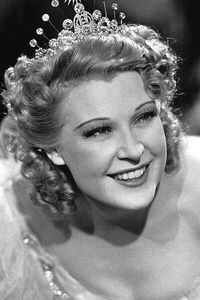Miliza Korjus was born to Arthur Korjus, a lieutenant colonel in the Imperial Russian Army and later Chief of Staff to the War Minister of Estonia, and Anna Gintowt, who was descended from Lithuanian-Polish nobility. Miliza's family had Swedish descent, having settled in Estonia during the 17th century when the country was ruled by Sweden.
As a child, Miliza moved to Kiev with her mother and sisters after her parents separated during World War I. She received her musical education at the Kiev Conservatory and joined the Dumka Chorus in Kiev, touring the Soviet Union.
Miliza married Dr. Kuno Foelsch, a physicist, in 1929 and moved to Germany, where she continued her concert career and was eventually engaged by the Berlin State Opera in 1933. Her operatic appearances and recordings quickly propelled her to the forefront of European singers.
In 1936, Miliza was signed to a 10-year film contract with MGM and began her Hollywood career, making her film debut in The Great Waltz in 1938. She was nominated for an Academy Award for her performance.
Miliza's second film, Guns and Fiddles, was in production when she was seriously injured in an auto accident in 1940. After undergoing numerous operations and bone grafts, she recovered and continued her concert tour of South America.
During World War II, Miliza decided to remain in Mexico, where she made one film, Caballería del imperio, and eventually returned to the United States in 1944 to appear at Carnegie Hall.
After her retirement from the stage in 1952, Miliza made recordings and remained a bright fixture in southern California society, being greatly admired and sought out by visiting artists.
















